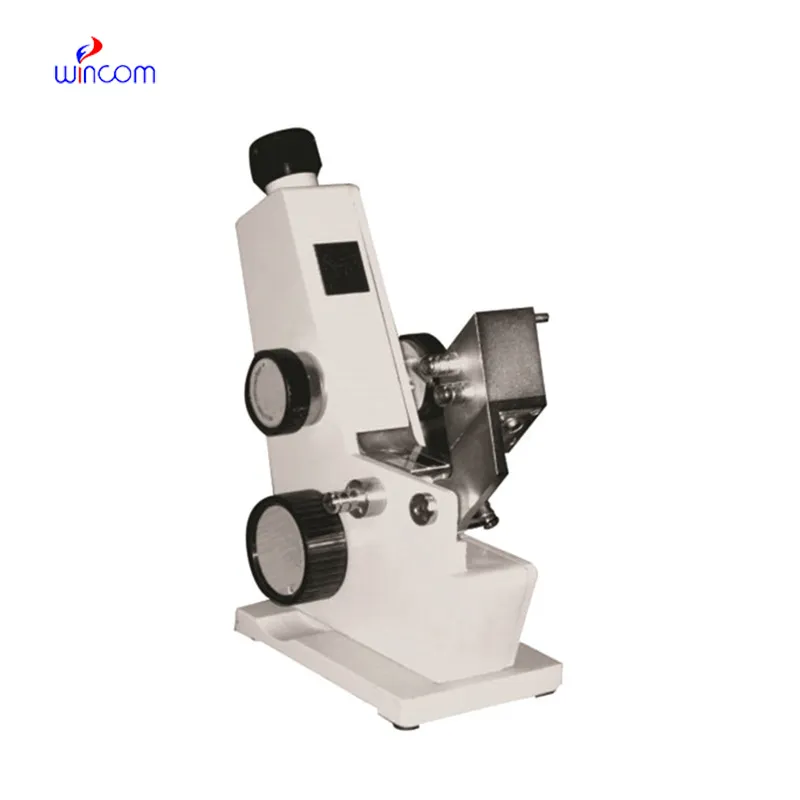
Designed with a compact and intelligent design, the mobile x ray machines world war 1 offers various modes of imaging such as full body scans and localized scans. The device supports digital viewing stations where the images can be viewed remotely by radiologists. The mobile x ray machines world war 1 assists in improved diagnostic operations by providing easy-to-handle mechanisms and sound imaging consistency.

The mobile x ray machines world war 1 is critically important in oncology, where it allows detection and monitoring of tumors throughout treatment. It helps radiologists to track bone and organ structure changes over time. The mobile x ray machines world war 1 also helps with follow-up after surgery, which helps in evaluating healing and treatment response.

Future editions of the mobile x ray machines world war 1 will focus on automation and ease of digital interfaces. Sophisticated remote operation capabilities will allow radiologists to perform scans and reviews remotely from any location. The mobile x ray machines world war 1 will also include blockchain-based data security systems for protecting patient information.

Regular upkeep of the mobile x ray machines world war 1 enhances operating efficiency and patient safety. Regular exposure level checks and image acuteness tests guarantee reproducible output. The mobile x ray machines world war 1 should be operated by well-trained operators who observe cleaning and handling protocols to reduce wear and prolong service life.
Through the use of high-tech detectors and digital imaging, the mobile x ray machines world war 1 provides high-quality internal structural images. The device enables healthcare providers to track various conditions such as pneumonia, arthritis, and dental cavities. The mobile x ray machines world war 1 offers accurate imaging and ease of handling that makes it imperative in diagnostic radiology.
Q: What are the main components of an x-ray machine? A: The main components include the x-ray tube, control panel, collimator, image receptor, and protective housing, all working together to produce diagnostic images. Q: How should an x-ray machine be maintained? A: Regular inspection, calibration, and cleaning are essential to keep the x-ray machine operating accurately and safely over time. Q: What industries use x-ray machines besides healthcare? A: X-ray machines are also used in security screening, industrial testing, and materials inspection to identify defects or hidden items. Q: Why is calibration important for an x-ray machine? A: Calibration ensures that the machine delivers accurate radiation doses and consistent image quality, which is crucial for reliable diagnostics. Q: How long does an x-ray machine typically last? A: With proper maintenance, an x-ray machine can remain operational for over a decade, depending on usage frequency and environmental conditions.
I’ve used several microscopes before, but this one stands out for its sturdy design and smooth magnification control.
This ultrasound scanner has truly improved our workflow. The image resolution and portability make it a great addition to our clinic.
To protect the privacy of our buyers, only public service email domains like Gmail, Yahoo, and MSN will be displayed. Additionally, only a limited portion of the inquiry content will be shown.
We’re currently sourcing an ultrasound scanner for hospital use. Please send product specification...
Hello, I’m interested in your centrifuge models for laboratory use. Could you please send me more ...
E-mail: [email protected]
Tel: +86-731-84176622
+86-731-84136655
Address: Rm.1507,Xinsancheng Plaza. No.58, Renmin Road(E),Changsha,Hunan,China